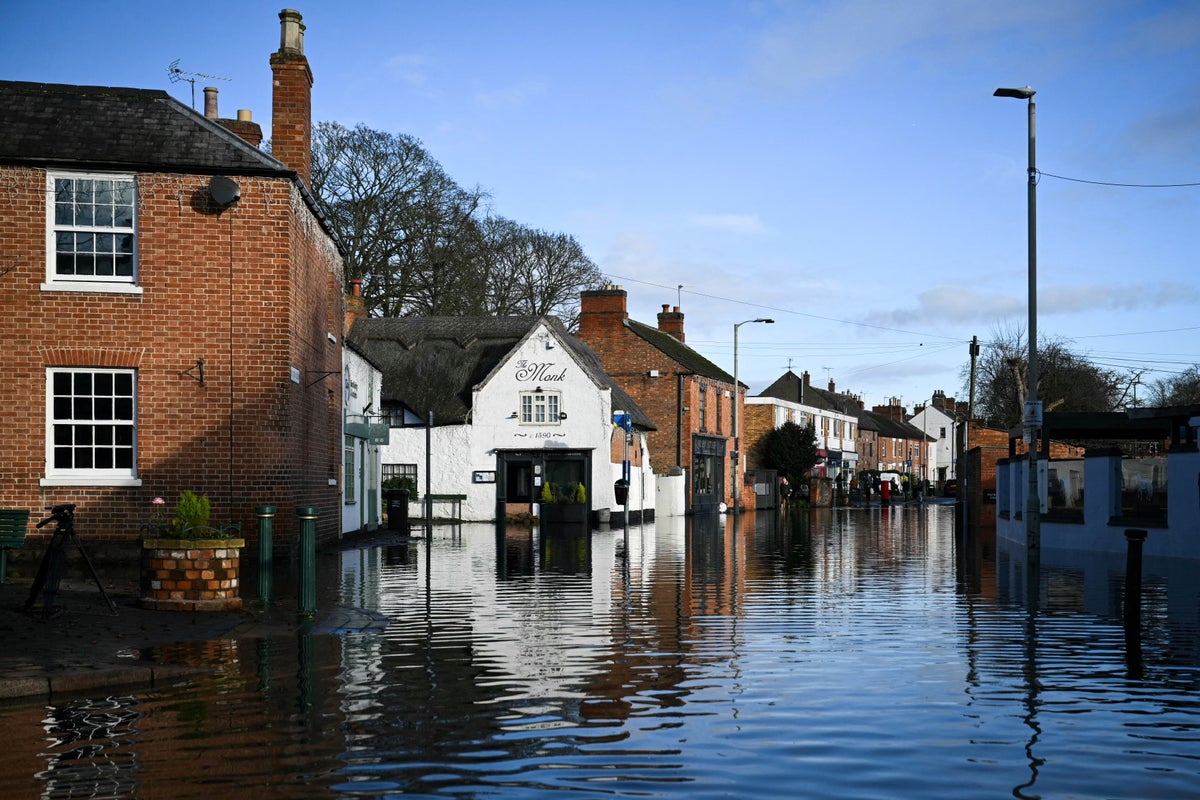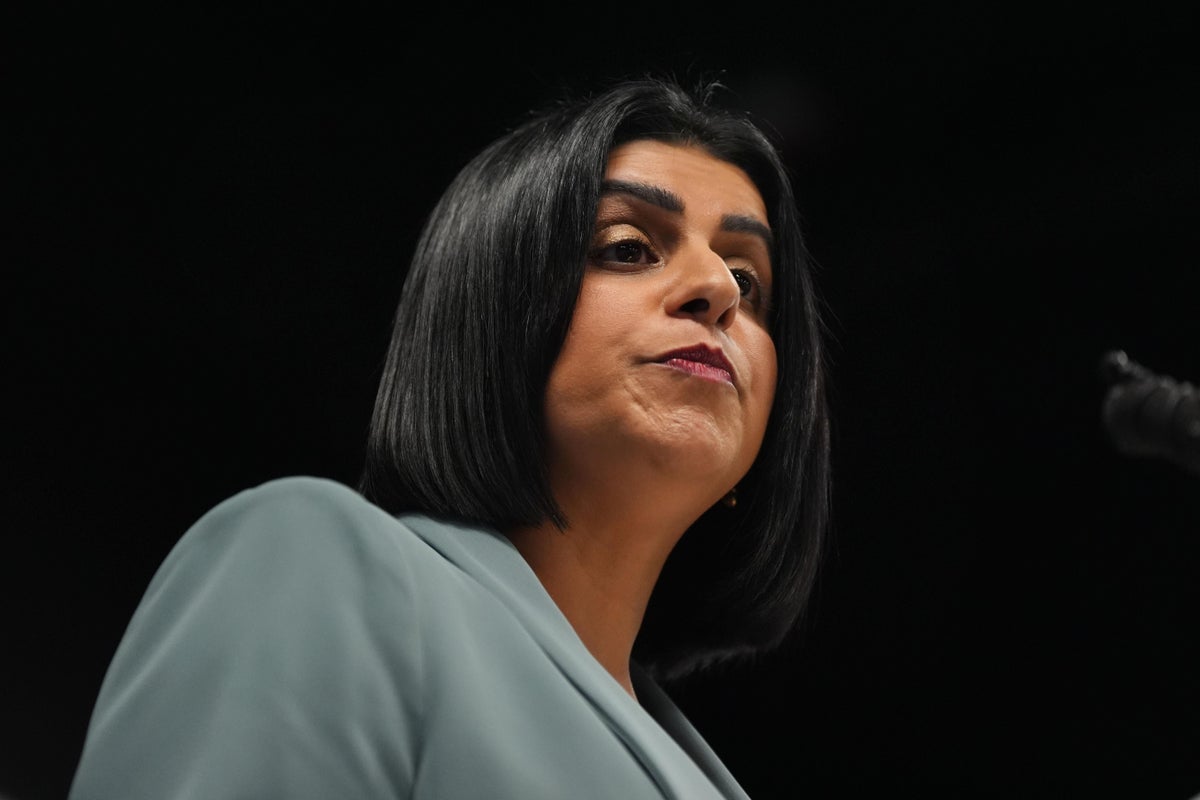Madagascar's military seized power from the civilian government on Tuesday, a high-ranking commander announced after President Andry Rajoelina fled the sprawling Indian Ocean island country for his safety.
The ouster of Rajoelina, who himself came to power as a transitional leader in a military-backed coup in 2009, capped weeks of protests led by young people fed up with power and water outages, persistent poverty and a lack of opportunities, among other issues.
Rajoelina's office issued a statement calling the coup “a serious breach of the rule of law" and insisting that the state “remains standing.” But Col. Michael Randrianirina, whose elite CAPSAT military unit tipped the scales of power in the country last weekend by siding with the protesters, said “We are taking power," as demonstrators celebrated with soldiers in the capital, Antananarivo.
Here's what to know about the events that led to the Rajoelina's ousting.
A youth-led uprising
The uprising started weeks ago when protests erupted over chronic water and electricity outages. It snowballed into larger dissatisfaction with Rajoelina, alleged government corruption and poverty, which affects about 75% of the country of roughly 30 million people, according to the World Bank.
The protests brought thousands onto the streets in several cities and initially sparked a harsh crackdown by security forces that left 22 people dead and more than 100 injured, according to the United Nations. The government disputed those figures.
Although civic groups and labor unions also joined in, the protests were led by a group calling itself “Gen Z Madagascar,” though participants have insisted there isn't a leader and that they were inspired by recent youth uprisings in Nepal and Sri Lanka.
Soldiers join the protests
A key moment came Saturday when Randrianirina and his soldiers accompanied protesters to a main square in the capital and demanded that Rajoelina step down. The CAPSAT troops exchanged gunfire with gendarmerie security forces still loyal to Rajoelina, and one CAPSAT soldier was killed, according to Randrianirina.
On Tuesday, protesters cheered on the CAPSAT troops as they stood on armored vehicles in Antananarivo's streets. Although Rajoelina's office said only some CAPSAT troops were backing the protesters, the unit said other military units, including the gendarmerie, stand with them.
CAPSAT is the unit that also rebelled against the Madagascar government in 2009, leading to the military-backed coup that brought Rajoelina to power as a transitional leader. There are strong parallels between the two coups, in that CAPSAT troops also joined a wave of anti-government protests against then-President Marc Ravalomanana 16 years ago, forcing him into exile.
24 hours of turmoil
After weeks of pressure on Rajoelina, a chaotic 24-hour period began Monday when the president's office announced he would deliver a speech to the nation on state television and radio. The speech was delayed for hours and was finally only broadcast on social media after soldiers arrived at the state broadcaster's buildings.
In his speech from a secret location, Rajoelina said he had been forced to flee to a safe place because of a plot to assassinate him at his palace. He called for the constitution to be respected and pushed back against demands for him to resign.
He then attempted to reassert his authority by issuing a decree dissolving parliament on Tuesday, but lawmakers ignored it and overwhelmingly voted to impeach him. Right after the vote, Randrianirina announced the military takeover while standing with other soldiers in front of a historic presidential palace in the capital. He said the armed forces would form a council made up of officers from the general military and the gendarmerie, a military unit that polices civilians, and would appoint a prime minister to “quickly” form a civilian government.
France reportedly helped Rajoelina escape
Malagasy and French are both official languages in Madagascar, which is the world’s biggest vanilla producer and, because of its geographic isolation, is known for its biodiversity. Since gaining its independence from French colonial rule in 1960, it has struggled to overcome poverty and political instability, including a series of coups.
A report said that Rajoelina was flown out of Madagascar on a French military plane, throwing scrutiny on any role the former colonial power played in helping him escape.
Asked about any French involvement in extracting Rajoelina, French President Emmanuel Macron said in Egypt on Monday: “I’m not confirming anything today. What I want to express here is our deep concern, and to affirm France’s friendship with the Madagascar people."
Rajoelina reportedly also has French citizenship, which has been a source of discontent for some Madagascans.
___
AP Africa news: https://apnews.com/hub/africa

.jpeg)





















.jpeg)













 English (US) ·
English (US) ·